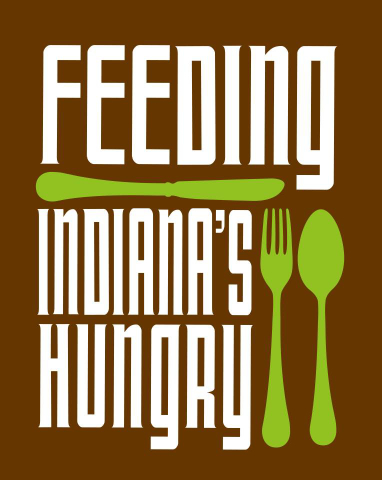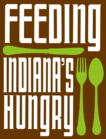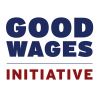Indiana is 16th Worst in the Nation and Not Improving
INDIANAPOLIS—20 percent of respondents in Indiana reported in 2011 not having enough money to buy food that they or their family needed at some points during the prior twelve months, according to a new report released by the Food Research and Action Center (FRAC). This placed Indiana at the 16th highest rate of food hardship in the nation, and the worst in the Midwest.
This unique report provides data on food hardship – the inability to afford enough food – for every region, every state, every Congressional District and 100 of the country’s largest Metropolitan Statistical Areas (MSAs). For Indiana, it found that:
- In 2011, 20.3 percent of households surveyed in the state said they were unable to afford enough food at times during the year. In 2010, the same report indicated that Indiana also had 20.3 percent food hardship, but the state ranking was marginally better at 17th worst in the nation.
- 8 out of the 9 Congressional Districts in Indiana had 15 percent or more of their residents reporting food hardship in 2010-2011.
“These new data show us just how much people are struggling in our communities, and underline that far too many of them are finding it a challenge to afford enough food for their families,” said Emily Weikert Bryant, executive director of Feeding Indiana’s Hungry. “These data mirror the trends of the annual report from the U.S. Department of Agriculture on ‘food insecurity’, a comparable measure, and show that the situation is not improving in Indiana as it appears to have begun to in some other states.”
FRAC’s food hardship report analyzes data that were collected by Gallup and provided to FRAC. The data were gathered as part of the Gallup-Healthways Well-Being Index project, which has been interviewing almost 1,000 households daily since January 2008. FRAC has analyzed responses to the question: “Have there been times in the past twelve months when you did not have enough money to buy food that you or your family needed?”
“Rising food prices, continuing high unemployment and underemployment, and flat food stamp benefit allotments all contributed to the high food hardship rate in 2011,” said FRAC President Jim Weill. “Particularly challenging was the increase in food inflation, especially for the foods the government uses to construct the Thrifty Food Plan, its cheapest diet. Food stamp beneficiaries lost more than six percent of their food purchasing power because of this increase.”
Recent polling data, released last month by FRAC, demonstrate the broad support among Americans for the federal nutrition programs and for a stronger role by government in ending hunger. Seven in 10 voters said the federal government should have a major role to ensure that low-income families and children have the food and nutrition they need. Seventy-seven percent of voters say that cutting food stamp assistance (the Supplemental Nutrition Assistance Program, or SNAP) would be the wrong way to reduce government spending.
“Even in difficult times, this nation has the resources to eliminate hunger. These data show that no community in our state is anywhere close to being hunger-free, and that more must be done to solve this problem,” said Bryant. “It is time for our elected officials to tackle hunger with the zeal that the situation demands.”
The full report is available at www.frac.org
###
About This Report
This report is the latest in the Food Research and Action Center’s (FRAC) series of analyses of survey data on food hardship collected by Gallup as part of the Gallup-Healthways Well-Being Index. It provides the most up-to-date examination of the struggle that very large numbers of American households are having affording enough food.



